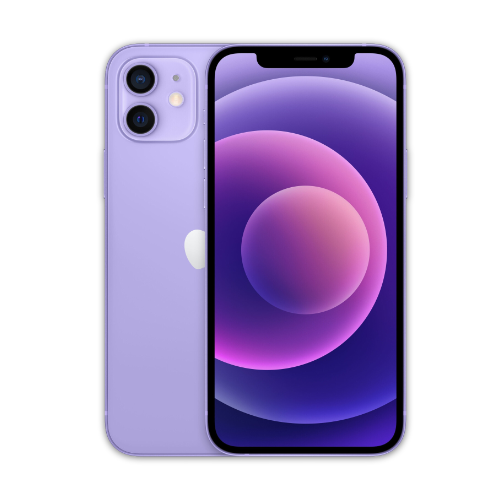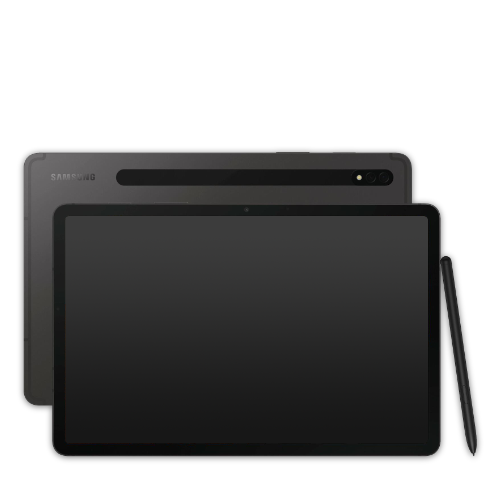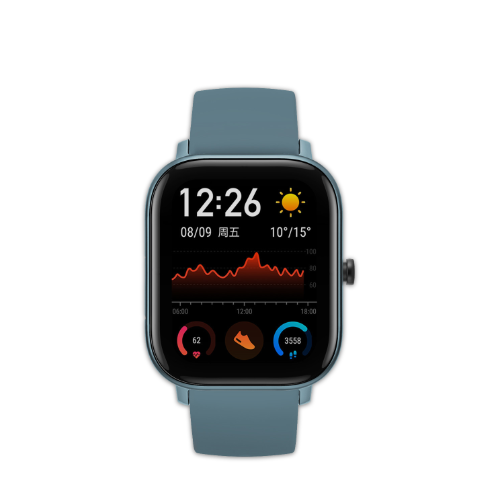Be it robot vacuum cleaners that vacuum the floor, Wi-Fi sockets that regulate power consumption or light bulbs that automatically switch on the lights, a smart home should actually make everyday life easier. But too often we find ourselves in a jungle of many different devices and a sea of smart home apps.
This is where Matter comes in, an innovative solution that promises to break down these barriers. The aim is to create a unified platform that connects devices from different manufacturers. Matter could therefore be the long-awaited link in the smart home world. In this article, we take a closer look at Matter and shed light on how it simplifies interaction with our smart devices and could change our everyday lives for the better.
What is behind Matter?
Matter is a cross-manufacturer connection standard that aims to simplify and improve communication and interaction between different smart home devices. This standard allows devices from different manufacturers to communicate seamlessly with each other as long as they comply with the Matter protocol.
Matter supports a variety of network technologies, including Ethernet, Wi-Fi and Thread, allowing a wide range of devices to be integrated into the smart home ecosystem. Matter does not replace existing smart home systems, but acts as a connecting layer that creates a unified communication base for devices from different manufacturers.
How does Matter work in the smart home?
Matter is an open connection standard. Its openness allows different manufacturers of smart home devices to communicate seamlessly with each other. As a wireless standard, Matter differs from traditional wired connections by using wireless communication over networks such as Wi-Fi and Thread. This flexibility makes it easier to integrate a wide range of devices without the need for physical cabling.
At the heart of Matter is the idea of connecting devices from different manufacturers - from lamps and sockets to thermostats and sensors - over common networks. These devices can interact with each other via Wi-Fi for comprehensive coverage and via Thread for secure and energy-efficient communication.
A Bridge with Matter Bridges
Matter-enabled devices eliminate the need for bridges that allow devices to be controlled remotely. However, the so-called Matter bridges still play a central role in the Matter ecosystem. These are crucial for the integration of devices that were not originally developed for Matter. They translate different signals and thus enable a wide range of devices and technologies to be integrated into the Matter system.
In this way, Matter creates a unified platform that brings together various providers and technologies under one roof and guarantees a harmonious smart home experience.
Four benefits of Matter for your home
Matter brings a variety of benefits to the smart home that make life easier and more connected. We'll show you the four most important benefits that Matter brings.
A central app for all devices
Imagine controlling all your smart home devices with just one app. That's exactly what Matter makes possible.Away from the confusion of different apps for every lamp, heater or camera. Matter brings everything together in one clear interface. So you no longer have to switch back and forth between ten apps, but have everything in one place.
No commitment to a manufacturer
Matter also offers the advantage of being independent of manufacturers in the smart home sector. Being independent of manufacturers has the advantage of seamlessly connecting devices from different brands. This gives users more flexibility than ever before, with a wide range of devices available to them. Users can freely put together their smart home equipment without having to worry about compatibility.
Easy installation with QR code
Setting up smart home devices is made much easier with Matter. Similar to the user-friendly setup process known from the Apple Home Kit, Matter requires nothing more than scanning a QR code to set up the Matter devices.
This simplification of the installation process saves time and makes the technology accessible even to people who are less tech-savvy. In addition, the simple installation makes it easier to expand existing smart home systems with new components.
Security and Compatibility
Matter places a great emphasis on security by ensuring encrypted and authenticated communication between devices and relying on decentralized data storage. This high security standard makes Matter a secure and trustworthy solution in the smart home sector.
Challenges and criticism of Matter
But where there is light, there is also shadow - and so the innovative Matter standard brings with it some challenges in addition to its advantages. Below we will look at the two main criticisms that speak against Matter:
use of 2.4 GHz WLAN
Many home networks offer both a 2.4 GHz and a 5 GHz Wi-Fi network, but Matter uses the 2.4 GHz band. Although this is the most common, it can become overloaded at times due to the use of many household appliances. For people who already have many Wi-Fi-based devices, Matter may not be as beneficial. The additional load could push the network to its performance limits.
added value of the range of functions
Matter does not expand the functionality of smart home devices. Although it allows the use of all manufacturer-specific functions within a unified platform, it does not offer any additional features that go beyond the existing functions of the devices.
Which manufacturers support Matter?
Matter is already supported by a variety of smart home devices from various well-known manufacturers. Here is an overview of the most well-known brands:
- Amazon Alexa: Integrates Matter for improved connectivity and control of compatible devices.
- Google Home: Use Matter to support a wider range of smart home products.
- Samsung SmartThings: Uses Matter to promote compatibility and interoperability between different devices.
- Apple HomeKit: Announced Matter support to expand functionality and usability.
- Eve: Offers a range of Matter compatible devices to enhance the smart home experience.
Matter undoubtedly has great potential for the future. This is mainly due to its open standard. This enables more and more brands to include Matter as a standard in their devices and to support it. With the increasing integration of various manufacturers into the Matter network, networking and use in the smart home sector is simplified and improved significantly. This paves the way for a seamless and user-friendly smart home experience.
Conclusion: Matter and the future of the smart home
Matter could represent a revolution in the field of smart home technologies. By creating a unified platform that enables seamless communication between devices from different manufacturers, Matter effectively addresses the ever-present challenges of incompatibility and the overwhelming variety of control apps. With features such as easy setup via QR codes and an emphasis on high security, Matter offers a solid foundation for an integrated smart home experience.
Advantages:
- Unification: A central app for all devices, manufacturer-independent use.
- Easy installation: QR code scan instead of complicated configuration.
- Security: Encrypted communication and decentralized storage.
challenges:
- 2.4 GHz WLAN: Can lead to bottlenecks when using many devices on the network.
- Added value: Functional extensions compared to existing systems are questionable.
Despite some concerns, particularly regarding the use of the congested 2.4 GHz Wi-Fi band and questions about the added value, the potential of Matter should not be underestimated. The broad support from leading manufacturers such as Amazon Alexa, Google Home and Apple HomeKit suggests that Matter could establish itself as an important standard in the smart home sector.
Personal Words
Looking to the future, Matter undoubtedly has the potential to establish itself as an essential building block in the smart home technology ecosystem. The ability to bridge the many currently isolated devices and systems could significantly simplify and enrich the use of smart home technologies. It remains to be seen how Matter develops and whether it can gain a foothold in the long term.







